Couplings play a critical role in wastewater processing. Take a look at how one wastewater facility combated coupling failure from exposure to UV radiation.
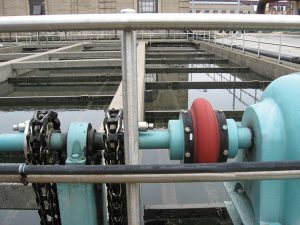 With a population of more than 8 million, New York City generates a lot of wastewater. In fact, the Department of Environmental Protection for New York City (DEP-NY) processes an estimated 275 million gallons daily at the Wards Island facility alone, and 13 others operate at maximum capacity. Each facility runs all day, every day.
With a population of more than 8 million, New York City generates a lot of wastewater. In fact, the Department of Environmental Protection for New York City (DEP-NY) processes an estimated 275 million gallons daily at the Wards Island facility alone, and 13 others operate at maximum capacity. Each facility runs all day, every day.
 The sheer volume of wastewater alone would be challenging, but wastewater facilities face many other tough operating conditions. Equipment is exposed to water and chemicals, high shock loads, constant operation and extreme temperatures. Since much processing occurs outdoors, equipment is barraged by ultraviolet (UV) radiation from the sun, which can damage surfaces and cause premature failure.
The sheer volume of wastewater alone would be challenging, but wastewater facilities face many other tough operating conditions. Equipment is exposed to water and chemicals, high shock loads, constant operation and extreme temperatures. Since much processing occurs outdoors, equipment is barraged by ultraviolet (UV) radiation from the sun, which can damage surfaces and cause premature failure.
About five years ago, the Wards Island facility experienced coupling failure. “We were using a type of coupling in our final tanks that could not handle seasonal temperatures or UV exposure,” said John Ahern, plant superintendent of the Wards Island facility.
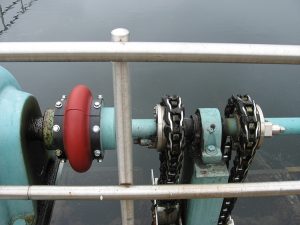 Couplings play a critical role in wastewater processing by controlling vibration, minimizing misalignment and reducing maintenance costs. Unfortunately, the couplings at Wards Island were failing due to UV radiation exposure. Sunlight was causing the elastomeric flex element to crack and peel, leading to unit failure.
Couplings play a critical role in wastewater processing by controlling vibration, minimizing misalignment and reducing maintenance costs. Unfortunately, the couplings at Wards Island were failing due to UV radiation exposure. Sunlight was causing the elastomeric flex element to crack and peel, leading to unit failure.
Maintenance personnel had tried a range of couplings and were almost resigned to the premature failure. Robert Bender, president of the R.B. Bender Group, had a better idea. With more than 35 years in the power transmission business, Bender was able to propose a solution that eliminated premature failure and minimized downtime.
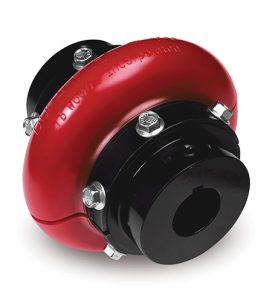 Bender understood the problem was failure due to UV radiation exposure, so he proposed the installation of DuraFlex® Couplings from TB Wood’s. The lightweight element absorbs shock loading and torsional vibration. It provides good chemical resistance and requires no lubrication. Split construction eliminates the realignment or the need to move hubs during replacement. The elastomeric material is specially formulated to stand up to UV radiation and maximize flex life.
Bender understood the problem was failure due to UV radiation exposure, so he proposed the installation of DuraFlex® Couplings from TB Wood’s. The lightweight element absorbs shock loading and torsional vibration. It provides good chemical resistance and requires no lubrication. Split construction eliminates the realignment or the need to move hubs during replacement. The elastomeric material is specially formulated to stand up to UV radiation and maximize flex life.
Wards Island tried the couplings more than five years ago and quickly saw improvement.
“My maintenance staff is very pleased…” said Ahern. “The (couplings) really perform well in challenging conditions.”
Today the facility has more than 25 of these couplings running 24/7/365. The flexible polyurethane material offers superior chemical, dynamic and weathering properties.
“It is critical in outdoor applications that require couplings to make the right choice,” said Bender.


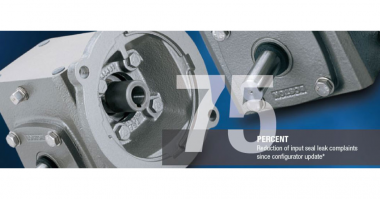
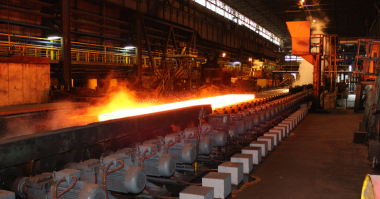
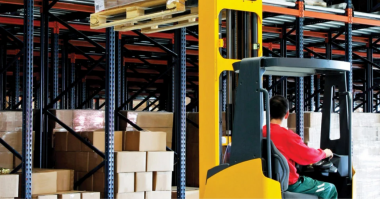
Comments